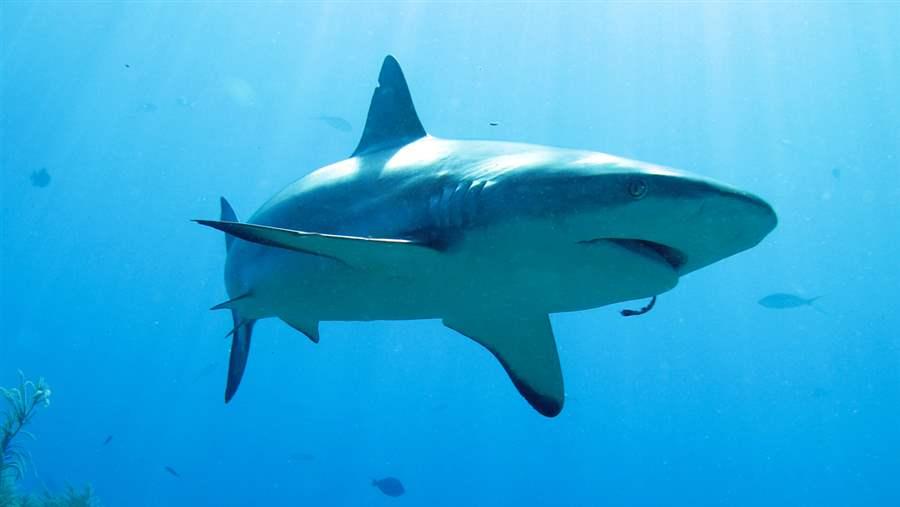Patterns of a Predator
How shark behavior can guide conservation
Experts have long thought that some sharks roamed entire oceans without a place to call home, but a recent scientific review of global data challenges that entrenched notion. The analysis, published in the annual review of Marine Science, January 2015, reveals that sharks live their lives in geographic patterns and that observing the order of their behaviors can help tailor effective protections for these animals.
 © Getty Images
© Getty Images
Shark Philopatry
Philopatry is a behavior in which wildlife either stay in or leave and return to one particular place.
For more than 15 years, lead author Demian Chapman, Ph.D., a Pew marine fellow and shark scientist at Stony Brook University, has made shark philopatry—a behavior of wildlife in which they either stay in, or leave but keep coming back to, one place, his field of study. In 2014, he reviewed the literature and found evidence that at least 31 shark species around the world exhibit fidelity to a particular site for mating, feeding, or giving birth.
Philopatry, which has been documented in other marine animals such as salmon, is difficult to confirm in some shark species because it requires that they be tracked for 10 or more years while they mature. This survey of more than 80 peer-reviewed articles on shark tracking and population genetics provides the first comprehensive documentation that this behavior is innate to many shark species.
Understanding the movements of any fish is a technical and logistical challenge, but this work is necessary to appropriately connect biology to conservation efforts.










